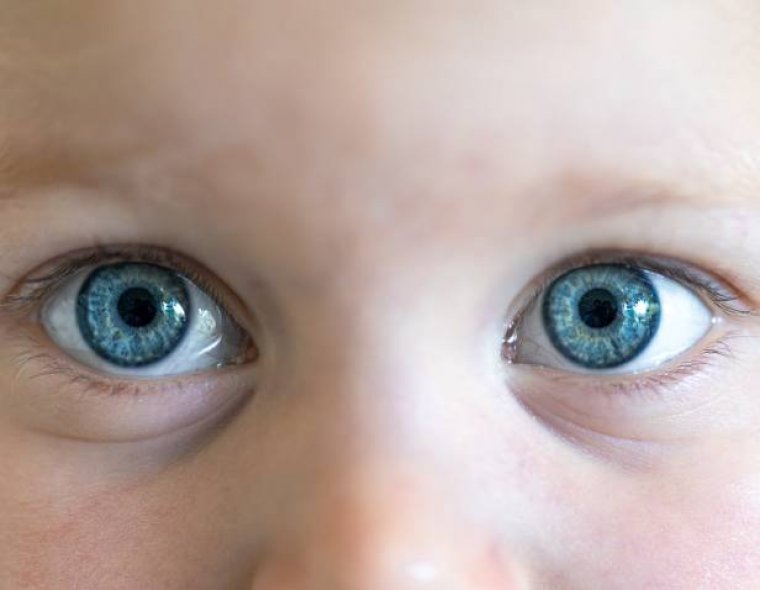
A groundbreaking study has revealed that deep neural networks and advanced aggregation functions, pa...
read moreResearchers have developed a groundbreaking gene editing therapy to treat Stargardt disease, the mos...
read moreThe NeurEYE research program, led by the University of Edinburgh in collaboration with Glasgow Caled...
read moreA recent study published in the International Journal of Retina and Vitreous has revealed that the u...
read moreA European study has revealed that temperature fluctuations at home can compromise the safety and ef...
read moreA multidisciplinary research team from the Istituto Italiano di Tecnologia (IIT) and IRCCS Ospedale ...
read moreNew research reveals that young nearsighted children who use bifocal contact lenses to slow abnormal...
read moreA recent study by researchers at the University of California San Diego has revealed a U-shaped rela...
read moreA study by Greek researchers has demonstrated that microdrops containing 1.67% phenylephrine and 0.3...
read moreTurkish researchers have highlighted the role of optical coherence tomography (OCT) and OCT angiogra...
read more More
More











